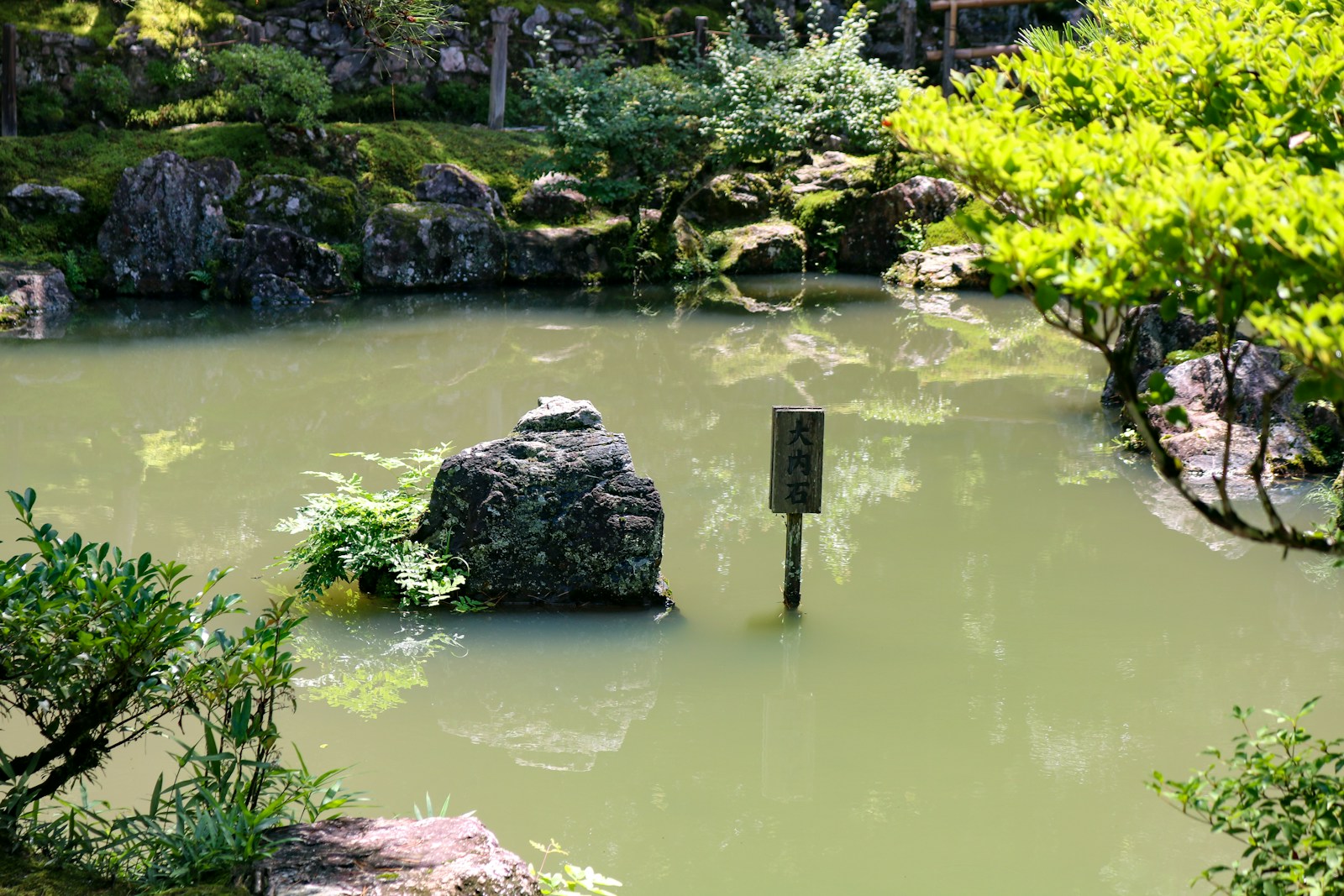
Algen in de Medaka vijver: Preventie en bestrijding
Elke Medaka-eigenaar kent het wel: je kijkt naar je vijver en ziet dat het water een beetje groen begint te kleuren, of er verschijnen draadachtige slierten aan de planten. Algen in je Medaka vijver zijn een natuurlijk verschijnsel, maar te veel algengroei kan problemen veroorzaken voor de waterkwaliteit en het welzijn van je vissen. Gelukkig hoef je niet in paniek te raken – met de juiste kennis en aanpak kun je algengroei goed onder controle houden. In dit artikel nemen we je mee door de oorzaken van algen en delen we praktische tips om je vijver helder en gezond te houden voor je Medaka’s.
Waarom ontstaan algen in een vijver?
Algen zijn eigenlijk microscopisch kleine plantjes die zich razendsnel kunnen vermenigvuldigen onder de juiste omstandigheden. Ze hebben slechts drie dingen nodig om te groeien: licht, voedingsstoffen en water. In een Medaka vijver zijn deze drie elementen natuurlijk altijd aanwezig, maar het gaat om de balans. Wanneer er te veel voedingsstoffen in het water zitten – vooral nitraten en fosfaten – krijgen algen alle kans om zich massaal te ontwikkelen. Dit proces wordt versterkt door direct zonlicht, dat als een turbo werkt voor algengroei.
Een veelvoorkomende oorzaak van overmatige algengroei is overvoeding van je Medaka’s. Wanneer je te veel voer geeft, eten de visjes niet alles op en zinkt het overtollige voer naar de bodem. Daar breekt het af en komen voedingsstoffen vrij die perfect zijn voor algen. Ook vissenuitwerpselen dragen bij aan de hoeveelheid organisch materiaal in het water. Dit is een natuurlijk proces, maar in een kleine vijver kan het snel uit balans raken als er te veel vis zit in verhouding tot het watervolume.
Daarnaast speelt de seizoenswisseling een belangrijke rol. In het voorjaar, wanneer de temperatuur stijgt en de zon sterker wordt, krijgen algen een enorme groeispurt. Dit is de periode waarin veel Medaka-eigenaren plotseling met groen water worden geconfronteerd. Ook een gebrek aan waterplanten kan bijdragen aan algenproblemen, omdat planten normaal gesproken concurreren met algen om dezelfde voedingsstoffen. Zonder voldoende waterplanten hebben algen vrij spel.
Effectieve preventie tegen overmatige algengroei
De beste manier om alg problemen te voorkomen is door een gezond biologisch evenwicht in je vijver te creëren. Begin met het plaatsen van voldoende waterplanten, zoals waterpest, hoornblad of waterlelies. Deze planten nemen voedingsstoffen op die anders beschikbaar zouden zijn voor algen en zorgen bovendien voor schaduw, wat de algengroei remt. Een goede vuistregel is om ongeveer een derde tot de helft van je vijveroppervlak te bedekken met planten. Voor Medaka’s is dit ideaal, omdat ze ook graag tussen de planten zwemmen en hun eitjes eraan hechten.
Voer niet te veel en gebruik de juiste voeding
Let goed op je voedingsroutine. Geef je Medaka’s alleen wat ze binnen een paar minuten kunnen opeten, en verwijder overtollig voer als je ziet dat het naar de bodem zinkt. Het is beter om meerdere kleine porties per dag te geven dan één grote portie. Ook de kwaliteit van je voer maakt uit – hoogwaardig voer wordt beter verteerd door je vissen, wat resulteert in minder afval en dus minder voedingsstoffen voor algen. Denk er ook aan om niet te veel vissen te houden in verhouding tot je vijvergrootte; een overvol vijver leidt onvermijdelijk tot waterkwaliteitsproblemen. Ons Medaka voer is speciaal samen. gesteld om overvoeren te voorkomen en houdt je water kraakhelder.
Regelmatig onderhoud is essentieel voor een algenarm vijver. Voer wekelijks een gedeeltelijke waterverversing uit van ongeveer 10-20% om overtollige voedingsstoffen te verwijderen. Zuig tijdens het onderhoud ook de bodem af om slib en afgestorven plantenmateriaal te verwijderen. Overweeg om een UV-C lamp te installeren in je filtersysteem – deze doodt zwevende algen effectief zonder schadelijk te zijn voor je Medaka’s. Tot slot kan het plaatsen van je vijver op een plek met gedeeltelijk schaduw (ongeveer 4-6 uur zon per dag) een groot verschil maken, vooral tijdens de hete zomermaanden.
Een kristalhelder vijver zonder algen is misschien niet helemaal realistisch – en eigenlijk ook niet nodig. Een beetje algengroei hoort bij een natuurlijk ecosysteem en kan zelfs nuttig zijn als voedselbron voor je Medaka’s. Het gaat erom dat je de algen onder controle houdt zodat ze niet overheersen. Door de oorzaken te begrijpen en preventieve maatregelen te nemen, kun je genieten van een mooi, gezond vijver waarin je Medaka’s floreren. Met wat aandacht en regelmatig onderhoud voorkom je de meeste algenproblemen en kun je zorgeloos genieten van je prachtige rijstvissen.
Veel succes met je Medaka vijver!

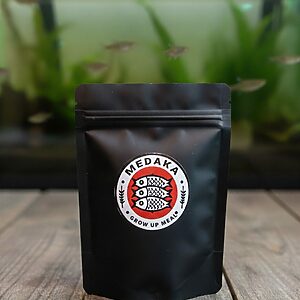
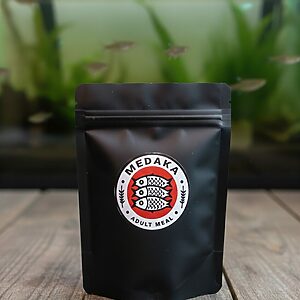
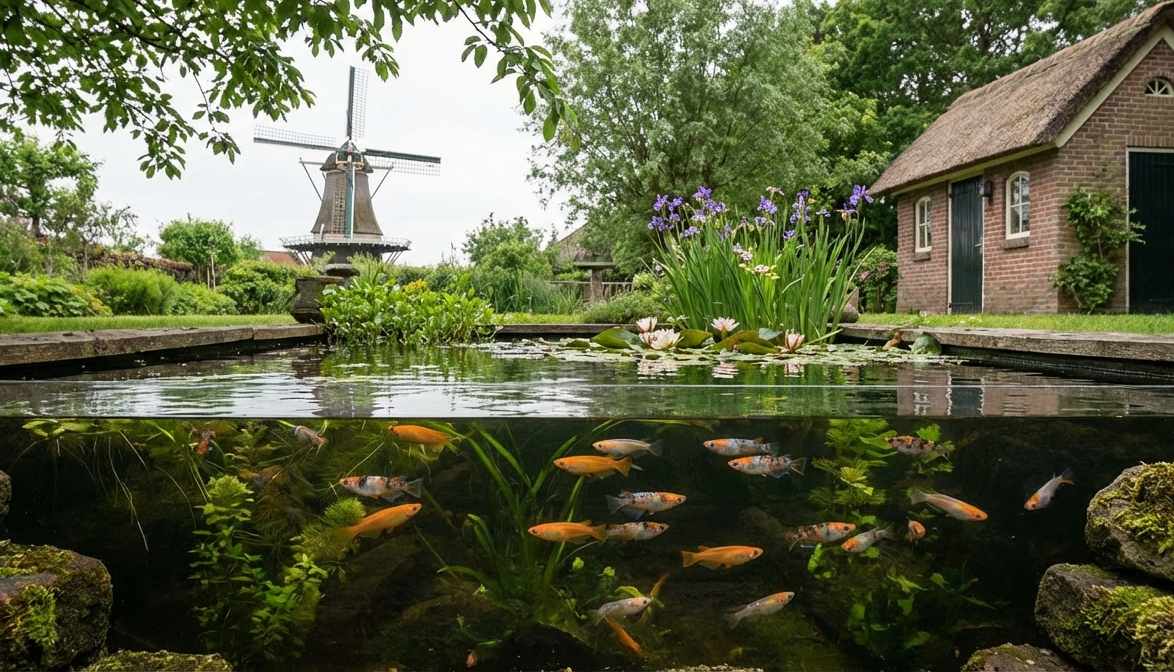
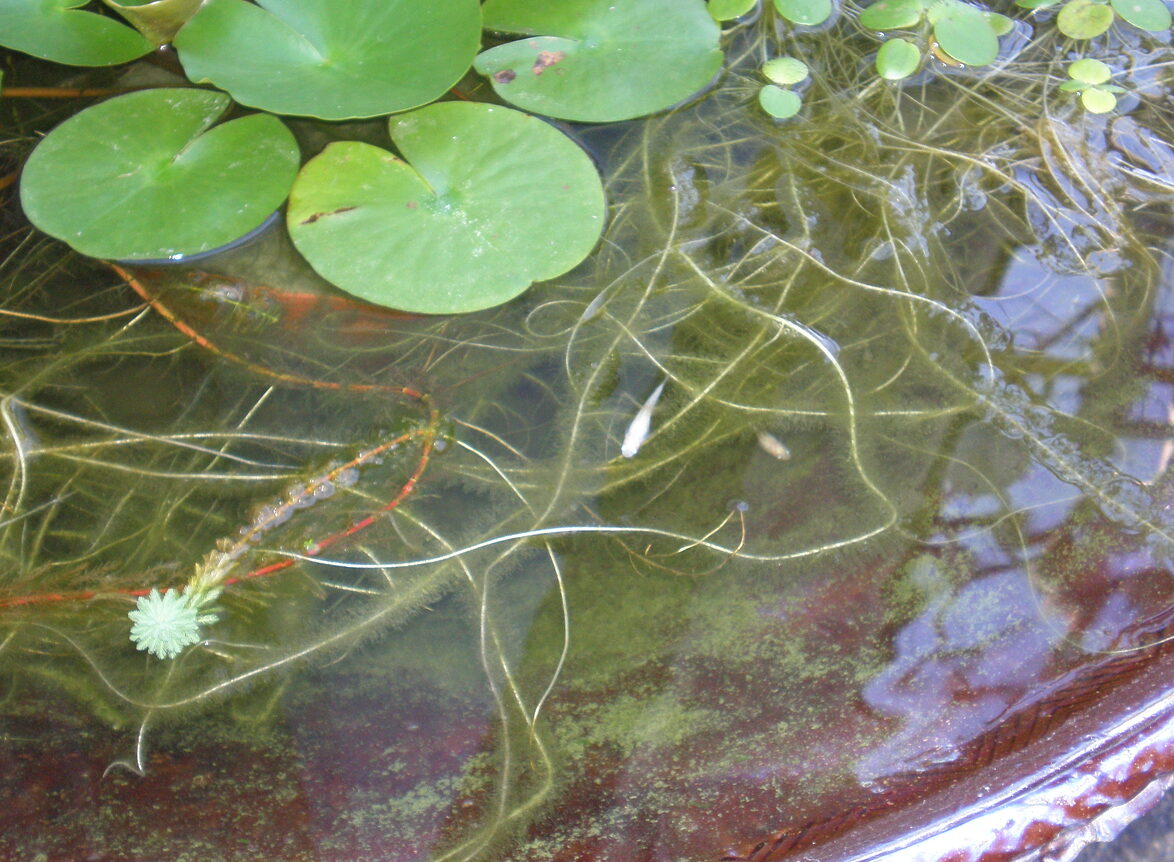
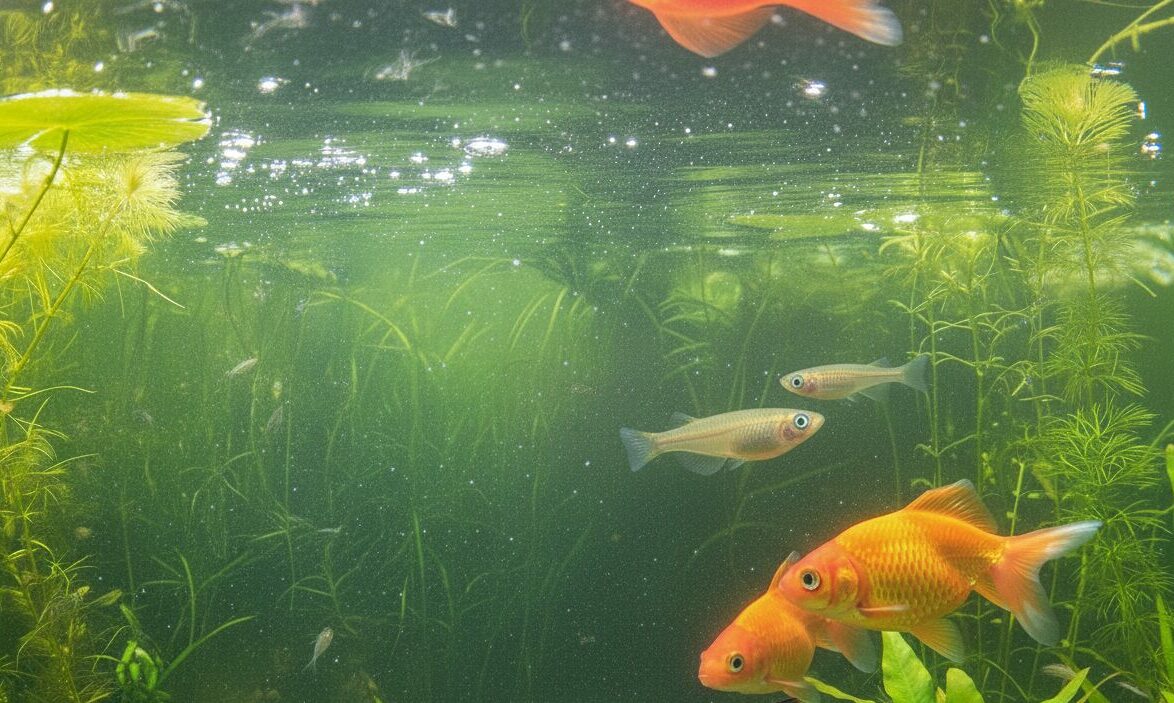


Leave a Comment
Your email address will not be published. Required fields are marked *